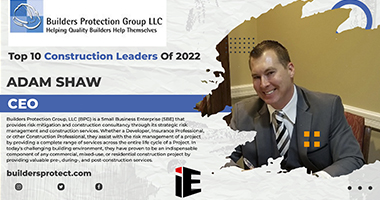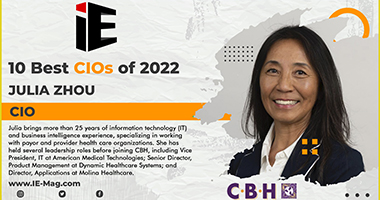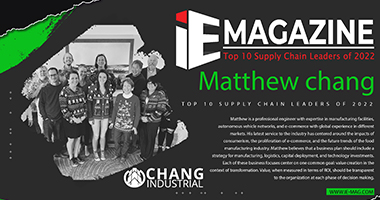How Millennials Should View the World of Data Science

Bill Schmarzo,
CTO, IoT and Analytics, Hitachi Vantara.
1) Data Science is a Team Sport
Data science is a team sport comprised of Data Engineers, Data Scientists and Business Stakeholders. And like a baseball team can’t function effectively with only shortstops and catchers. One’s data science initiative MUST clearly articulate the roles, responsibilities and expectations of the Data Engineers, Data Scientists and Business Stakeholders (see Figure 1).
Figure 1: Data Science Team Roles
If the goal of your organization is to become more effective at leveraging data and analytics to power your business models and drive digital transformation, you can’t win that game with a team full of pitchers.
See the blog “A Winning Game Plan For Building Your Data Science Team” for more details on creating a winning data science team.
2) Embrace “Thinking Like A Data Scientist”
It is critical to the effectiveness of your data science strategy that your business stakeholders not only intimately understand the business, but also know how to “think like a data scientist.” That is, the business stakeholders must understand the data science process in order to not only collaborate, but ultimately to lead the data science efforts to ensure

that the precious data science resources are focused on the most important business opportunities (see Figure 2).

Figure 2: The “Thinking Like A Data Scientist” Process
See the blog “Refined Thinking like a Data Scientist Series” for more details on each of the steps in the Thinking Like A Data Scientist (TLADS) process.
Note: as you can see from the differences in Figure 2 versus the process laid out in the blog, we continue to refine and update the TLADS process based upon customer engagements as well as class work. That refinement effort has led to the following development – the Hypothesis Development Canvas.
3) Hypothesis Development Canvas Is Your Monetization Guide
Our most recent development to capstone the “Thinking Like A Data Scientist” Process is the Hypothesis Development Canvas. The Hypothesis Development Canvas uses a common design thinking technique to summarize on a single document all the critical aspects of the TLADS process (see Figure 3).

Figure 3: Hypothesis Development Canvas Ties Business Strategy with Data Science Execution
And while we are still in the early stages of testing and refining the canvas, the early feedback and results are very encouraging. See the blog “Data Science ‘Paint by the Numbers’ with the Hypothesis Development Canvas” for more details on the Hypothesis Development Canvas, as well as the Business Model Canvas and the modified Machine Learning Canvas.
4) Gain High-level Understanding of Advanced Analytics
While we don’t expect that business students master data science, it is very important that they understand what data science (and advanced analytics) can do to power the organization’s business models. Let’s start the advanced analytics conversation with an overly-simplified definition of Artificial Intelligence or AI:
AI is about codifying customer, product, operational or market patterns and relationships in order to learn, act and/or automate.
The supporting advanced analytics can then be categorized or layered into the 3 levels of advanced analytics (see Figure 4).

Figure 4: Three Levels of Advanced Analytics
Components of Advanced Analytics include:
• Level 1: Statistics & Predictive Analytics quantifies cause-and-effect (correlation coefficient) and goodness of fit (Chi-squared test)
• Level 2: Deep Learning (Neural Networks) learns from a training data set and then applies those learnings to new data sets (photos, images, audio, handwriting)
• Level 2: Supervised Machine Learning identifies known unknownsrelationships that drive “labeled” or known outcomes (e.g., fraud, attrition, product failure, spam)
• Level 2: Unsupervised Machine Learning identifies unknown unknownsrelationships - clusters, segments, associations – hidden in the data
• Level 3: Reinforcement Learning & Artificial Intelligence learns (mostly through trial and error) and adapts in order to operate within continuously changing environment (robots, autonomous vehicles)
Subscribe to IE-Mag
News
This Apple Watch Case Could Kill All of Those Wannabe AI Devices
Google defends AI search results after they told us to put glue on pizza
Google scales back AI search answers after it told users to eat glue
FAA won't approve increased 737 Max production in near future
Thursday was a sour day for the US economy — with an important silver lining
OPEC+ working on complex production cut deal for 2024-2025, sources say
Stock futures inch lower as investors review earnings, brace for inflation report: Live updates
Salesforce Shares Plunge by Most Since 2008 After Weak Outlook
Jeep’s Wagoneer S Trailhawk concept teases a fully electric off-roader
Gap’s stock jumps 23% as the retailer swings to profit and raises guidance
Medline recalls 1.5 million bed rails linked to deaths of 2 women
Oil falls as Fed policymakers look to maintain rate cuts, gasoline stocks rise










